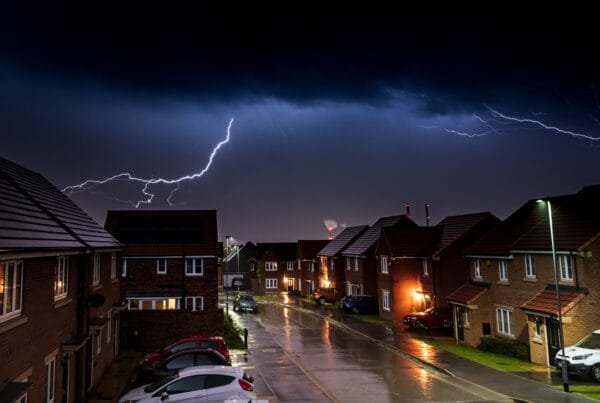Disaster Preparedness Isn’t Optional
Disasters can strike at any time and in any place, causing widespread devastation and leaving communities in ruins. From natural disasters like hurricanes, earthquakes, and floods, to technological disasters such as chemical spills and nuclear accidents, the impact of these events can be catastrophic. It is crucial for individuals and communities to be prepared for such emergencies and to have a plan in place for response and recovery. In this article, we will explore the importance of disaster preparedness and response, as well as provide practical tips and resources for individuals and families to be ready for the worst.
Understanding the Risks: Common Types of Disasters and Their Impact
Disasters come in many forms, each with its own unique set of challenges and consequences. Natural disasters, such as hurricanes, earthquakes, tornadoes, floods, and wildfires, are among the most common and can cause significant damage to infrastructure, homes, and the environment. These events often result in the displacement of individuals and communities, loss of life, and long-term economic impacts.
Technological disasters, on the other hand, are caused by human error or equipment failure. These can include chemical spills, nuclear accidents, and industrial accidents. Technological disasters can have severe health and environmental consequences, requiring immediate evacuation and cleanup efforts.
The impact of disasters on individuals and communities is far-reaching. In addition to physical damage to homes and infrastructure, disasters can lead to the loss of loved ones, displacement, and emotional trauma. The aftermath of a disaster can also result in a breakdown of essential services such as electricity, water, and communication networks, making it even more challenging for affected individuals to recover.
Preparing for the Worst: Essential Emergency Supplies and Plans
Being prepared for a disaster is crucial to ensure the safety and well-being of yourself and your family. One of the first steps in disaster preparedness is to have essential emergency supplies on hand. These supplies should include non-perishable food, water, a first aid kit, flashlights, batteries, a battery-powered radio, and a supply of any necessary medications. It is also important to have a plan in place for communication and evacuation, including a designated meeting place and contact person outside of the affected area.
Creating an emergency plan for yourself and your family is another essential step in disaster preparedness. This plan should include a list of emergency contacts, a designated meeting place, and a communication plan. It is also important to discuss and practice the plan with your family members to ensure everyone knows what to do in the event of an emergency.
Evacuation and Shelter: Knowing When and Where to Go
Knowing when to evacuate and where to go is crucial during a disaster. Local authorities will often issue evacuation orders when the situation becomes too dangerous to stay in the area. It is important to heed these orders and evacuate as soon as possible to ensure your safety.
When evacuating, it is important to have a plan in place for where you will go. This can include staying with family or friends outside of the affected area, seeking shelter at a designated evacuation center, or finding temporary accommodations such as hotels or motels. It is important to have multiple options in mind and to be flexible, as some shelters may become full or inaccessible during a disaster.
Coping with Trauma: Mental Health and Emotional Support in the Aftermath
The emotional impact of a disaster can be significant and long-lasting. It is important to recognize and address the mental health needs of individuals and communities in the aftermath of a disaster. Common reactions to a disaster can include feelings of fear, anxiety, sadness, and anger. It is important to seek support from friends, family, or mental health professionals to help cope with these emotions.
Taking care of your mental health in the aftermath of a disaster is crucial. This can include practicing self-care activities such as exercise, meditation, and engaging in hobbies or activities that bring you joy. It is also important to reach out for support when needed and to connect with others who may be going through similar experiences.
Rebuilding and Recovery: Practical Steps for Moving Forward After a Disaster
After a disaster, the process of rebuilding and recovery can be overwhelming. However, there are practical steps that individuals and communities can take to move forward. This can include contacting insurance companies to file claims, documenting damage for insurance purposes, and seeking financial assistance from government agencies or non-profit organizations.
In addition to financial support, there are also resources available for emotional support and counseling. Many communities have disaster recovery centers that provide resources and support for those affected by a disaster. These centers can help individuals navigate the recovery process and connect them with the necessary resources.
Get Ready Today
Disaster preparedness and response are crucial for individuals and communities to ensure their safety and well-being in the face of a disaster. Understanding the risks, preparing emergency supplies and plans, knowing when and where to evacuate, staying informed, seeking emotional support, and taking practical steps for recovery are all essential components of disaster preparedness and response. By taking action now and being prepared, we can minimize the impact of disasters and help our communities recover more quickly.



